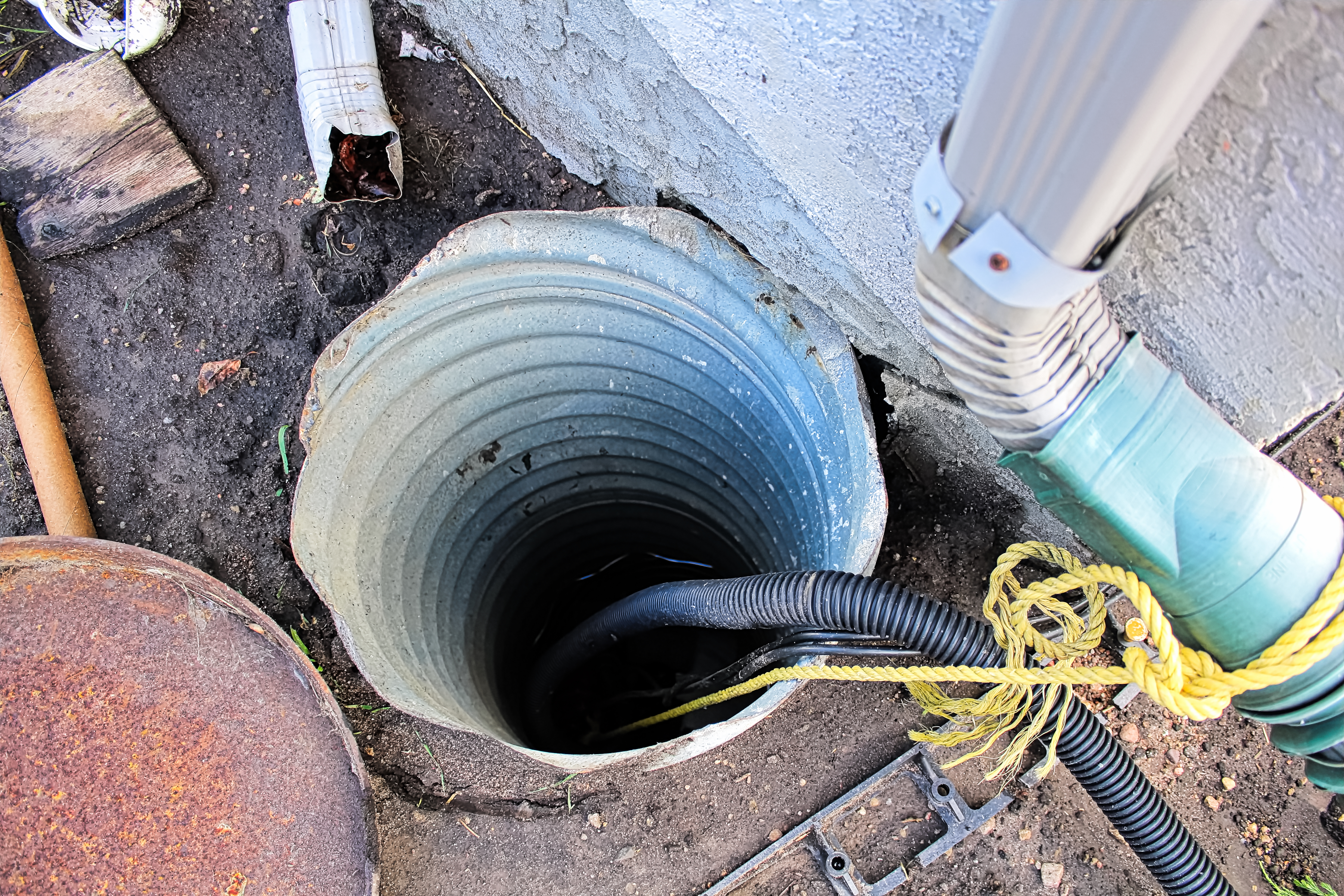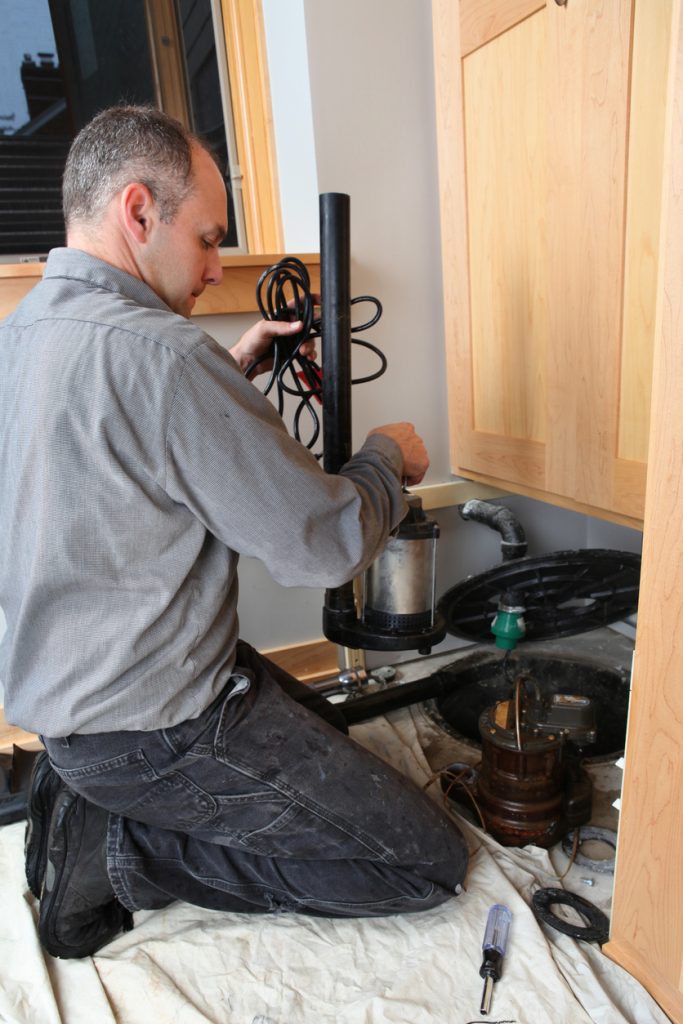They are making a number of great pointers related to Keep Your Sump Pump Clean, It'll Keep You Dry as a whole in the article beneath.

Sump pumps are vital components in several homes, especially in locations vulnerable to flooding or excessive wetness. They aid protect against water damages by effectively removing excess water from cellars or crawl spaces. However, like any other appliance, sump pumps call for routine upkeep to ensure they work successfully when required one of the most. Cleansing your sump pump is a crucial part of its upkeep, and understanding just how to do it appropriately can save you from expensive repair work and prospective catastrophes.
Introduction
Preserving a clean sump pump is crucial for its correct functioning and durability. Neglecting this important job can cause blockages, breakdowns, and ultimately, water damage to your property. Therefore, discovering just how to clean up a sump pump is important for home owners that count on these tools to keep their cellars completely dry and protected.
Comprehending the Sump Pump
Before diving right into the cleansing procedure, it's important to have a basic understanding of just how a sump pump functions. Normally set up in a pit or container listed below the cellar floor, a sump pump contains numerous essential parts, including a pump, a float switch, and a discharge pipeline. When water gathers in the pit, the float switch triggers the pump, which after that pumps the water out with the discharge pipe, far from the structure's foundation.
Indications of a Dirty Sump Pump
Knowing when your sump pump requires cleansing is critical for preventing possible breakdowns. Some usual indications that suggest a filthy sump pump include strange sounds during operation, decreased water flow, and noticeable particles in the pit. If you observe any of these signs, it's important to clean your sump pump promptly to prevent any additional problems.
Preparing for Cleansing
Prior to you begin cleansing your sump pump, it's essential to take some security precautions. Begin by shutting off the power to the pump to avoid any type of electrical crashes. In addition, wear suitable safety gear, such as handwear covers and goggles, to shield on your own from dirt, particles, and possible microorganisms.
Step-by-step Overview to Cleaning a Sump Pump
Turning off the Power
Begin by disconnecting the power supply to the sump pump to avoid any mishaps while cleaning.
Eliminating Debris and Dust
Use a container or a scoop to get rid of any kind of noticeable particles, dirt, or debris from the sump pit. Dispose of the particles correctly to stop it from clogging the pump or the discharge pipe.
Cleansing the Pump and Float Switch
When the pit is clear of debris, very carefully remove the pump from the pit. Inspect the pump and the float button for any indications of damages or wear. Utilize a soft brush or cloth to cleanse the surface areas and eliminate any kind of accumulated grime.
Purging the System
After cleaning up the pump and float switch, purge the sump pit with clean water to remove any remaining dirt or debris. This will assist make certain that the pump runs smoothly and effectively.
Checking for Appropriate Functioning
Prior to reinstalling the pump, carry out a quick test to guarantee that the float switch activates the pump properly. Pour some water right into the sump pit and observe the pump's operation. If everything is working appropriately, you can rebuild the pump and reconnect the power supply.
Upkeep Tips to Maintain Your Sump Pump Clean
Along with periodic cleansing, there are a number of upkeep pointers you can follow to keep your sump pump in optimal problem:
- Normal Inspection: Inspect your sump pump regularly for any kind of signs of wear, damages, or obstructions.
- Keeping the Surrounding Location Clean: Make Certain that the area around the sump pit is devoid of particles, dirt, and obstructions.
- Examining the Pump Periodically: Evaluate your sump pump regularly by pouring water right into the pit and observing its operation. This will certainly aid you determine any type of potential issues prior to they intensify.
Verdict
Cleaning your sump pump is a vital facet of its maintenance and ensures that it runs successfully when you need it one of the most. By complying with the steps described in this guide and including routine maintenance right into your regimen, you can extend the life expectancy of your sump pump and protect your home from water damages.
6 STEPS ON HOW TO CLEAN A SUMP PUMP PROPERLY
UNDERSTANDING SUMP PUMPS
Your sump pump plays a crucial role in protecting your home by managing and removing excess water. It primarily functions as a “shield”, guarding your basement against the damaging effects of water accumulation. The pump is housed in a sump pit in the lowest part of your basement, and its job is to pump out any water that collects there.
During heavy rainfalls or when snow melts rapidly, water can infiltrate your basement, posing potential risks like flooding, structural damage, and harmful mold growth. Here, the sump pump springs into action, pumping out the intruding water and directing it away from your home.
SAFETY FIRST
Before cleaning, remember to prioritize safety. Disconnect the sump pump from the power source to prevent any accidental electric shocks. Also, wear sturdy gloves to protect your hands from any sharp or dirty components within the pump.
REMOVE THE SUMP PUMP
After ensuring your safety, the next step is to remove the sump pump from its pit. Doing this might require careful maneuvering as you don’t want to damage any pump components. Once removed, clean the sump pit to remove any accumulated debris or sludge.
INSPECT THE PUMP
Inspect the pump for any visible signs of wear or damage. Check the power cord, float switch, and impeller housing. If any components look worn out or damaged, consider replacing them to ensure optimal performance.
CLEAN THE PUMP
Thoroughly clean the pump with warm, soapy water. Make sure to rid it of any dirt, gravel, or other debris that might impede its performance. You can use a toothbrush to clean the small, hard-to-reach parts of the pump.
REINSTALL THE SUMP PUMP
- Reinstall the pump into the sump pit
- Make sure it’s positioned correctly to remove the water effectively
- Once it’s back in place, reconnect it to the power source
TEST THE PUMP
Finally, pour some water into the pit to ensure the pump works correctly. It should start automatically and begin pumping out the water; if it doesn’t, check the power source and the positioning of the pump.
Remember, while cleaning your sump pump is an essential part of home maintenance, hiring a professional plumber for a thorough inspection and cleaning at least once a year is also important. This will ensure that your pump is in optimal condition, ready to protect your home from potential water damage.
BEST PRACTICES FOR CLEANING SUMP PUMP DISCHARGE PIPES
- Regular Inspection: Regularly inspect your discharge pipes, especially during heavy rainfall or snowmelt periods. Look for any signs of blockage or damage. Early detection of problems can prevent serious issues down the line.
- Periodic Cleaning: Over time, sediment and debris can accumulate in the discharge pipes, impeding the flow of water. Regular cleaning helps keep the pipes clear and functioning efficiently. You can use a high-pressure water jet to effectively clean the pipes.
- Insulation During Winter: In colder climates, discharge pipes can freeze, blocking the outflow of water. Protect your discharge pipes from freezing temperatures by insulating them with foam pipe insulation. This will ensure the sump pump can continue to discharge water even in freezing conditions.
- Proper Positioning: The discharge pipe should be positioned to direct water away from your home’s foundation. Improper positioning can lead to water seeping back into the basement. Ensure the pipe is long enough and angled correctly.
- Installation of a Check Valve: A check valve prevents water from flowing back into your sump pit after the pump has pushed it out. Installing a check valve helps maintain the efficiency of your sump pump and reduces the risk of flooding.
- Minimize Pipe Turns: Every curve or turn in the discharge pipe can decrease the efficiency of water flow. By minimizing turns and bends in your discharge pipe, you can increase the efficiency of your sump pump.
https://www.fullspeedplumbing.com/how-to-clean-a-sump-pump-properly9999/

I am just very inquisitive about Cleaning & Maintenance Tips for Your Home's Sump Pump and I hope you enjoyed the new blog entry. Are you aware of someone else who is fascinated about Cleaning & Maintenance Tips for Your Home's Sump Pump? Please feel free to promote it. Thanks a bunch for your time. Return soon.
Call Today
Comments on “Rapid Solutions for Maintaining a Sump Pump”